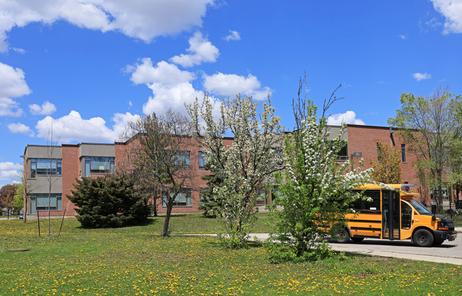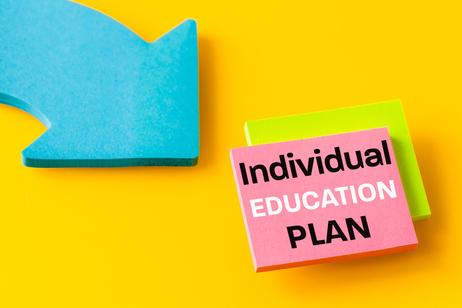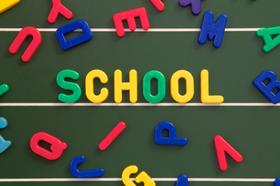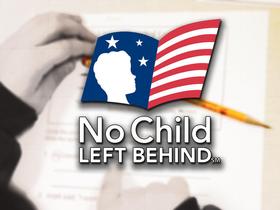Teaching in Contemporary Times
We hold teachers and the profession of teaching in high regard. Teachers are often considered the bedrock of any progressive society. to mold young minds and shape the future. Serving as guiding lights for students, teachers play a critical role in fostering intellectual growth and nurturing curiosity. Despite being a demanding career choice, the allure of teaching lies in its potential to influence, inspire, and ignite a love for learning.
Why People Become Teachers
Why would anybody want to join an underpaid, micromanaged, and often disrespected profession? It's an interesting question in 2024. On the other hand, when you look at the reasons from an altruistic perspective, motivation, role models, lifelong learning, and influence all come into play. So, let's look at each of these reasons.
Intrinsic Motivation: A key motivating factor that compels many individuals to enter the teaching profession is the intrinsic satisfaction of educating young minds. According to a study by , teachers often express immense gratification in witnessing their students' academic and personal growth. This emotional reward, they argue, is a major motivating factor. I can attest to this motivating factor. It certainly wasn't the financial compensation that made me want to teach.
Role Models: Men and women who have taught us often leave lasting impressions. Such role models can inspire individuals to become teachers. Positive experiences with former teachers are






















